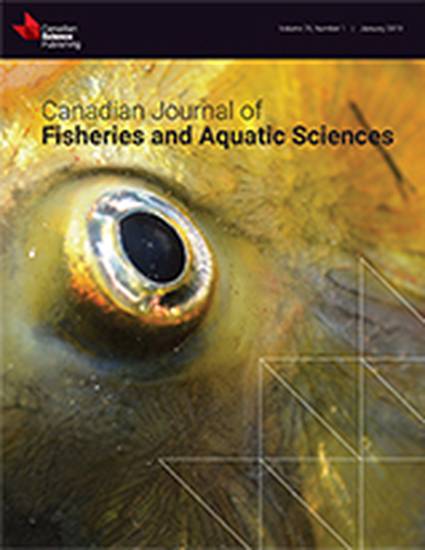
Article
Recruitment mechanisms of bloater in Lake Michigan: an analysis of the predatory gauntlet
Canadian Journal of Fisheries and Aquatic Sciences
(1990)
Abstract
Laboratory experiments were used to evaluate the potential importance of size-dependent predation on bloaters through the first 1–2 mo after hatching. Of the potential predators encountered by bloater eggs and larvae during their hypolimnetic phase, only scuplins appear important. Sculpin feeding rate on eggs increased when egg or larval density was high. The presence of amphipods as alternative prey enhanced predation on eggs when on cobble but reduced predation when eggs were on sand. Sculpin feeding rate on larvae decreased when amphipods were present. All three epilimnetic predators, yearling alewife, smelt, and bloaters, readily ate bloater larvae. The presence of zooplankton as alternative prey reduced predation on larvae by smelt and bloaters, but not by alewives Capture success was strongly size-dependent for all three predators. All three species exhibited the same exponential decline in handling time with increasing predator:prey ratio. Computer simulations using results from these experiments show that when mortality is size-dependent, small changes in growth rate can have dramatic effects on survival. Sculpins and alewife are likely to be the most important predators in determining bloater recruitment in Lake Michigan.
Keywords
- recruitment,
- bloater,
- predatory
Disciplines
Publication Date
1990
DOI
https://doi.org/10.1139/f90-059
Citation Information
Luecke, C., Rice, J.A., Crowder, L.B., Yeo, S.E., and Binkowski, F.P. 1990. Recruitment mechanisms of bloater in
Lake Michigan: an analysis of the predatory gauntlet. Can. J. Fish. Aquat. Sci. 47:524-532.
